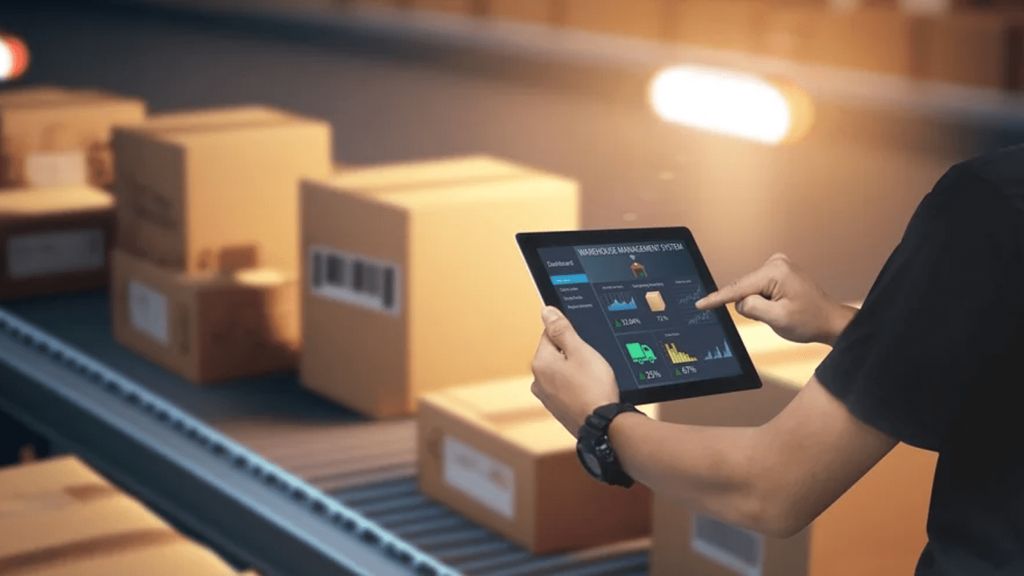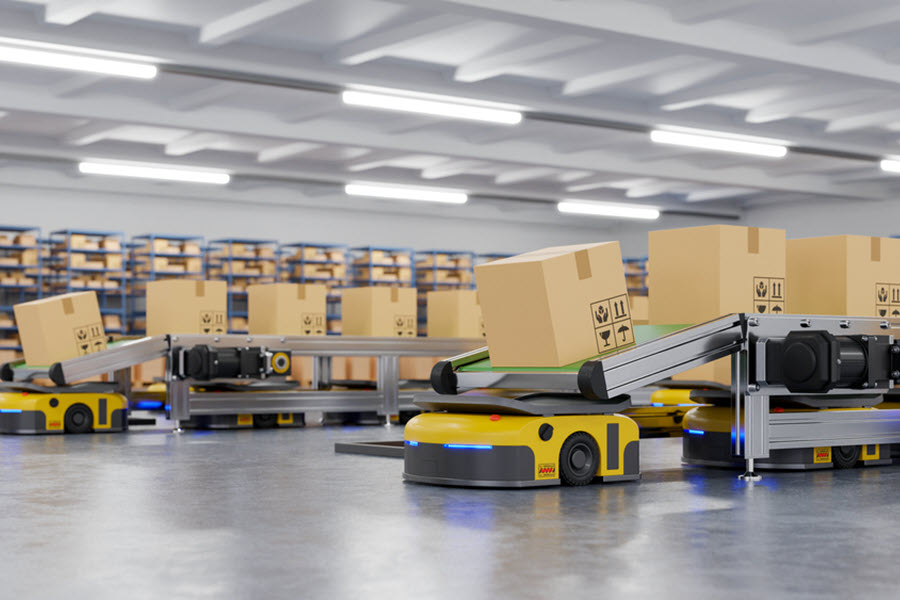The transportation industry has always been a cornerstone of global commerce, connecting suppliers, manufacturers, and customers across vast distances. However, in recent years, one of the most transformative shifts in this space has been the rise of smart warehouses. These high-tech facilities are changing the way goods are stored, sorted, and delivered, bringing unprecedented efficiency and flexibility to logistics.
What Are Smart Warehouses?
Smart warehouses integrate cutting-edge technologies such as the Internet of Things (IoT), Artificial Intelligence (AI), robotics, and automation to streamline and optimize warehouse operations. These technologies work together to increase efficiency, reduce errors, and improve the overall speed of order fulfillment. Unlike traditional warehouses, which rely heavily on manual labor and basic computer systems, smart warehouses are designed to operate autonomously and with minimal human intervention.
Key components of a smart warehouse typically include:
- Robotic Process Automation (RPA): Robots handle everything from picking and packing to sorting and transporting goods.
- IoT Sensors: Sensors track inventory in real time, monitor environmental conditions, and alert staff to any issues.
- AI and Machine Learning: These technologies help optimize storage space, predict demand, and create more efficient workflows.
- Autonomous Vehicles and Drones: These are used for transporting goods within the warehouse or even for deliveries to external locations.
Together, these elements enable warehouses to operate in a faster, more efficient, and error-free manner.
The Benefits of Smart Warehouses in Transportation
-
Increased Efficiency and Speed
The most obvious benefit of a smart warehouse is the significant increase in operational efficiency. Robots can move inventory much faster than humans, and AI systems can determine the most efficient routes for workers or autonomous vehicles. As a result, goods are stored, sorted, and shipped out much quicker, which reduces the overall delivery time. With the transportation industry under constant pressure to meet tight deadlines and customer expectations, the ability to deliver faster is a significant competitive advantage.
-
Real-Time Inventory Management
Smart warehouses allow for continuous, real-time tracking of inventory. IoT-enabled sensors can monitor goods as they move through the warehouse, giving managers complete visibility over stock levels, order statuses, and location of products. This minimizes the risk of stockouts and overstocking and ensures that customers receive the products they need on time. Moreover, having access to accurate and up-to-date inventory data helps optimize the supply chain, leading to reduced operational costs.
-
Reduced Labor Costs and Human Error
Automation in smart warehouses reduces the need for manual labor, allowing companies to save on labor costs. With machines handling repetitive tasks, there is less chance for human error, which can lead to incorrect shipments and inventory discrepancies. By automating processes, businesses also reduce the risk of workplace injuries, particularly in environments where heavy lifting and hazardous conditions are common. This not only makes warehouses safer but also cuts down on the costs associated with workplace accidents.

-
Improved Scalability
As businesses grow, so too does the demand for warehousing space and logistics solutions. Traditional warehouses often struggle to scale in response to increased demand. Smart warehouses, on the other hand, are designed with scalability in mind. They can adapt quickly to fluctuating volumes of inventory, making it easier for businesses to manage seasonal demand or sudden spikes in orders. Through automation and AI, smart warehouses can expand or shrink their operations with minimal effort, keeping up with the ever-changing dynamics of the transportation industry.
-
Enhanced Customer Experience
Faster, more accurate fulfillment of orders results in an improved customer experience. Smart warehouses help ensure that orders are processed efficiently, reducing delivery times and the likelihood of errors. Customers who receive their orders on time and in perfect condition are more likely to become repeat buyers. As the transportation industry increasingly revolves around customer satisfaction, having a smart warehouse can be a key differentiator in a competitive market.
Challenges and Considerations
While the rise of smart warehouses offers numerous benefits, there are also challenges that companies must navigate. One of the main concerns is the initial investment required to build and implement smart warehouse technology. The cost of installing automation systems, sensors, robots, and other advanced technologies can be substantial. However, the long-term savings in terms of operational efficiency and reduced labor costs can quickly offset this initial outlay.
Another challenge is the training and adaptation required for warehouse staff to work with new technologies. While smart warehouses aim to reduce the need for manual labor, the workforce still plays a critical role in overseeing and maintaining systems. As technology evolves, warehouse staff must be continually trained on how to operate and troubleshoot new systems. In some cases, there may be resistance to automation from employees worried about job security.
Finally, data security is a significant consideration in any smart warehouse. With the integration of IoT devices and cloud computing, warehouses generate vast amounts of data that need to be protected. Cybersecurity measures must be in place to ensure that sensitive business and customer data is not compromised.
The Future of Smart Warehouses
As the transportation industry continues to embrace technological innovation, the future of smart warehouses looks bright. Over the next few years, we are likely to see more widespread adoption of AI and robotics, further reducing the need for human intervention in warehouse operations. Autonomous vehicles and drones may become more commonplace in transporting goods both within and outside warehouse environments. Furthermore, advancements in AI will continue to optimize inventory management, helping companies make even smarter decisions regarding supply chain and distribution.
One of the most exciting developments on the horizon is the integration of 5G technology. The ultra-fast, low-latency network promises to significantly enhance the performance of IoT devices in warehouses, allowing for quicker data transfer and even more precise real-time monitoring.
Conclusion
The rise of smart warehouses in the transportation industry marks a significant step forward in logistics and supply chain management. By integrating automation, AI, IoT, and other cutting-edge technologies, smart warehouses offer increased efficiency, reduced labor costs, and enhanced customer experiences. While challenges remain, such as the initial investment and the need for workforce adaptation, the long-term benefits are undeniable. As the transportation industry continues to evolve, smart warehouses will play an essential role in shaping the future of global logistics.







